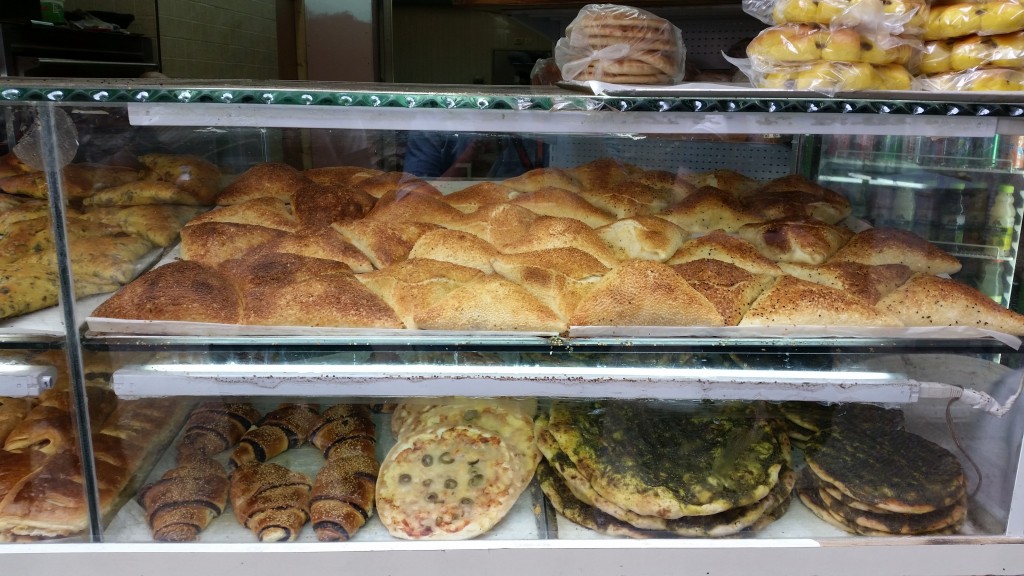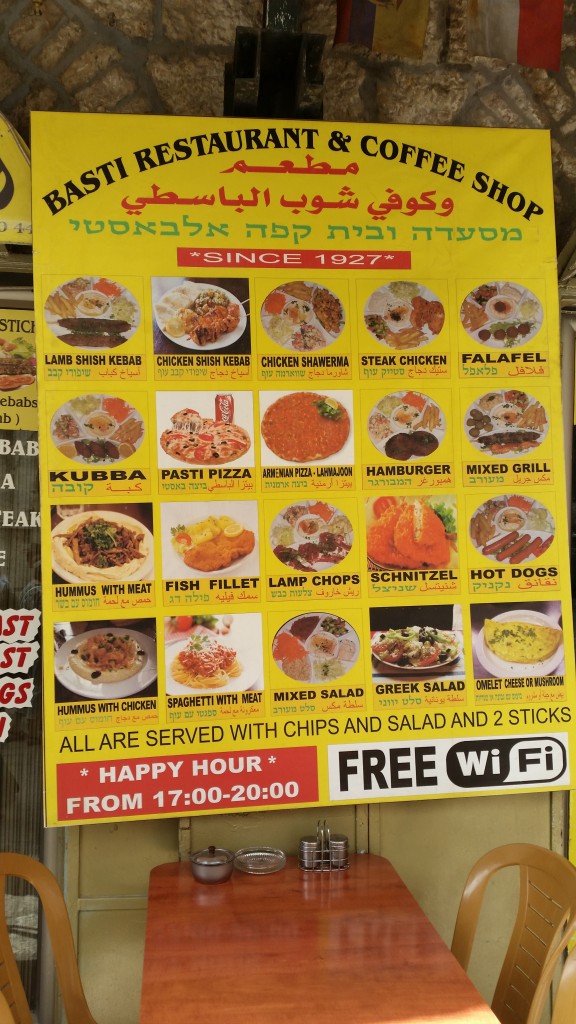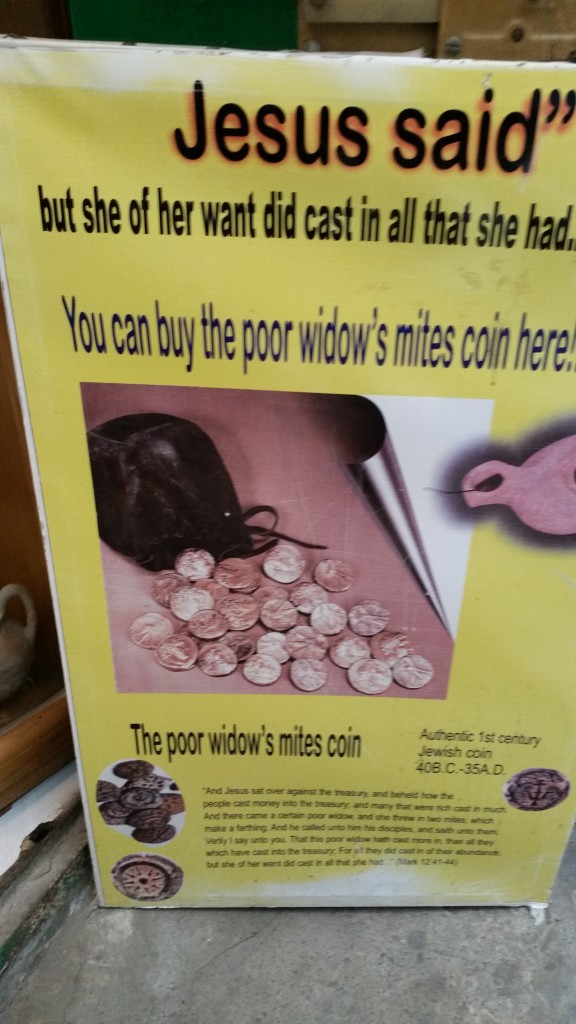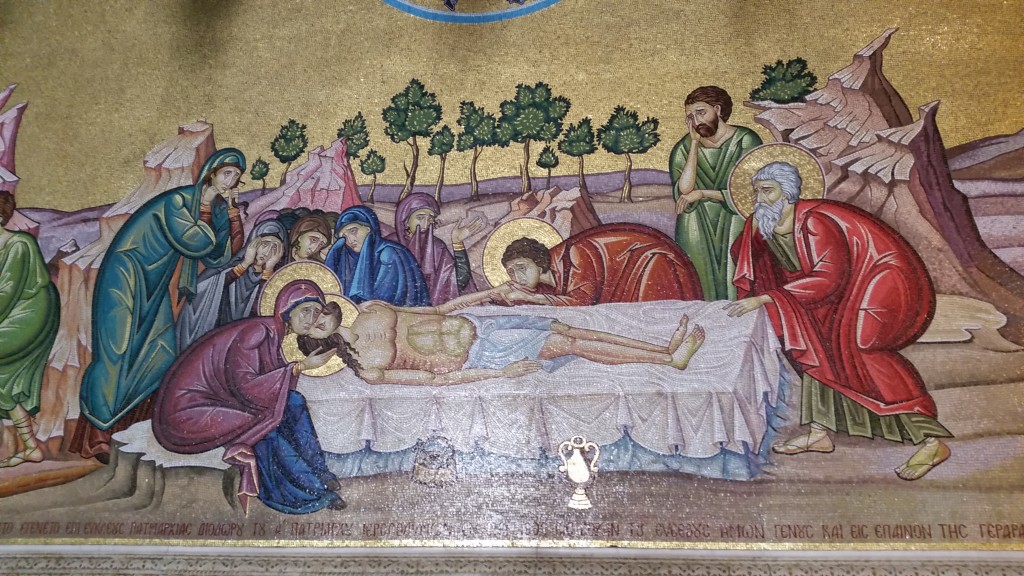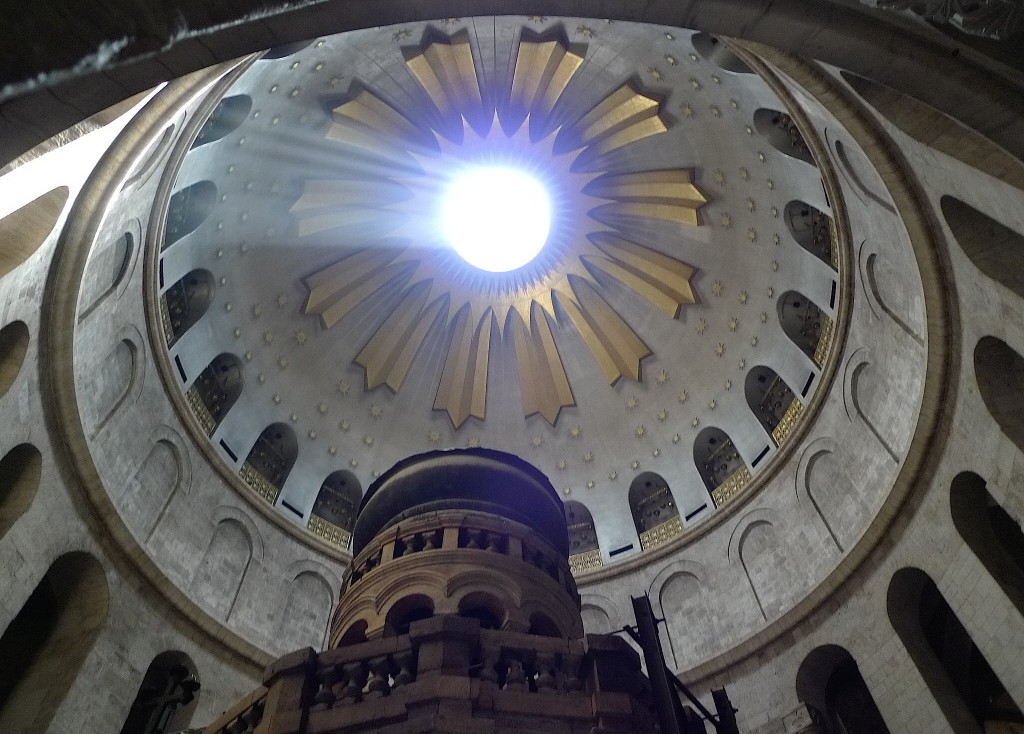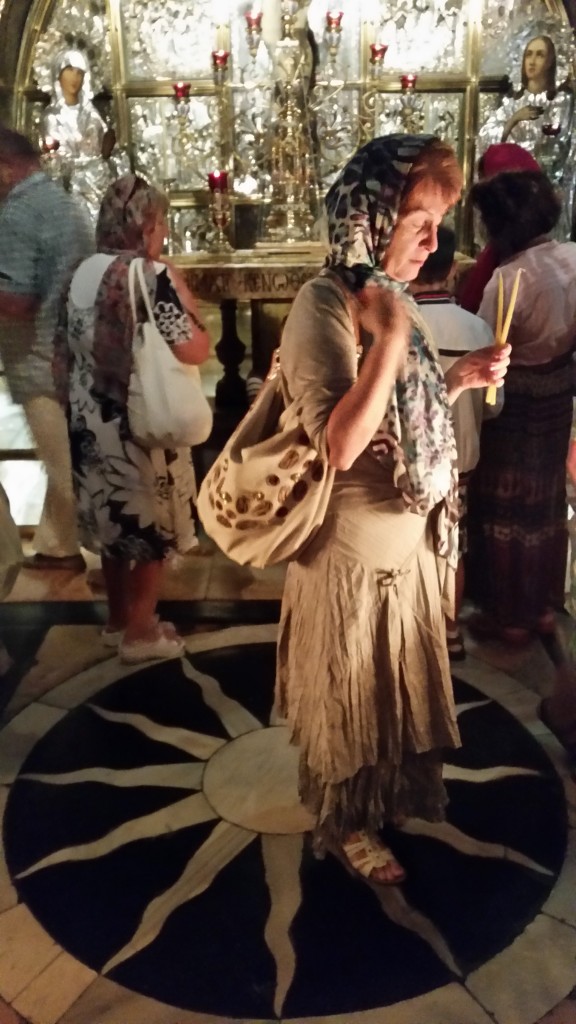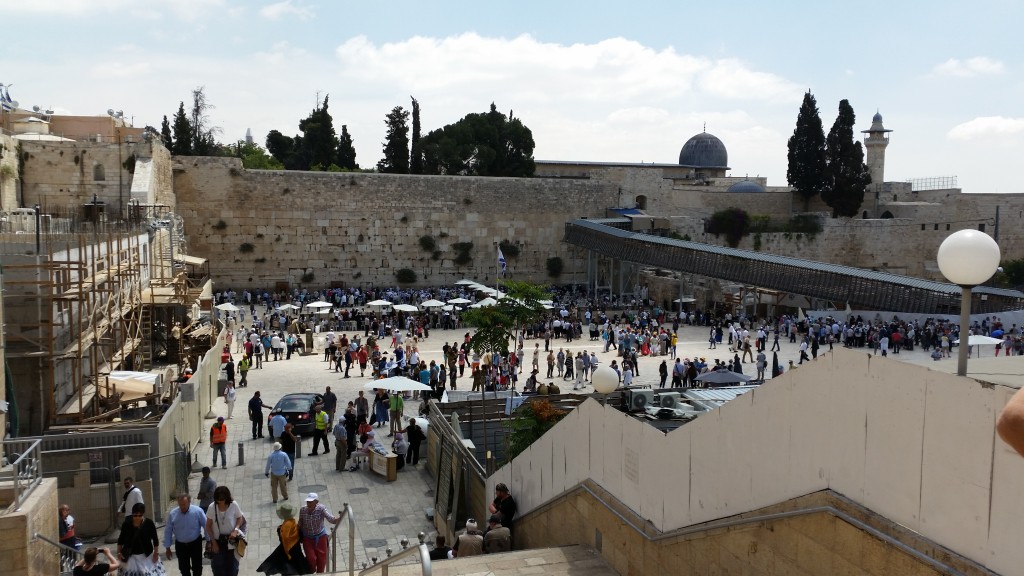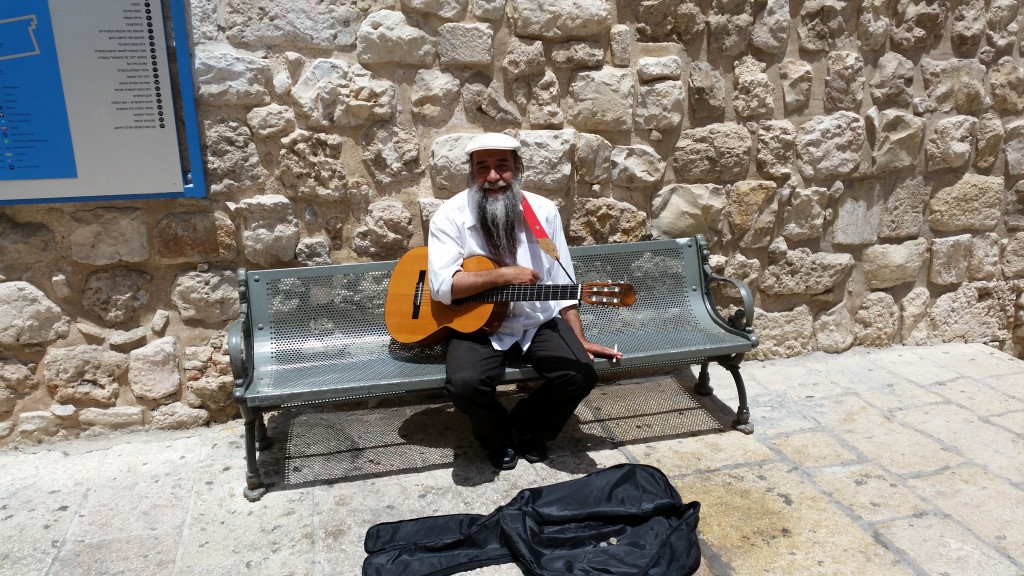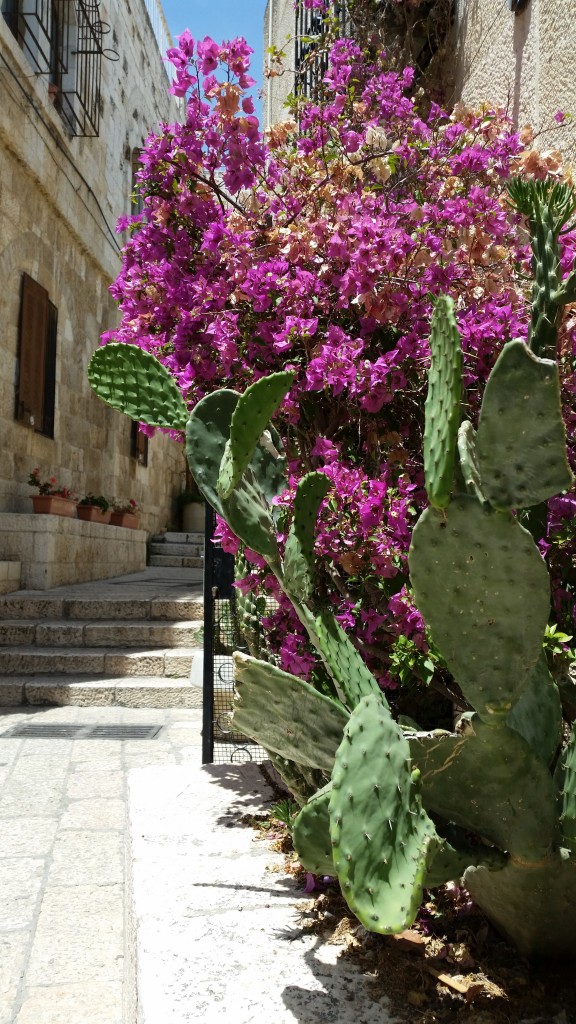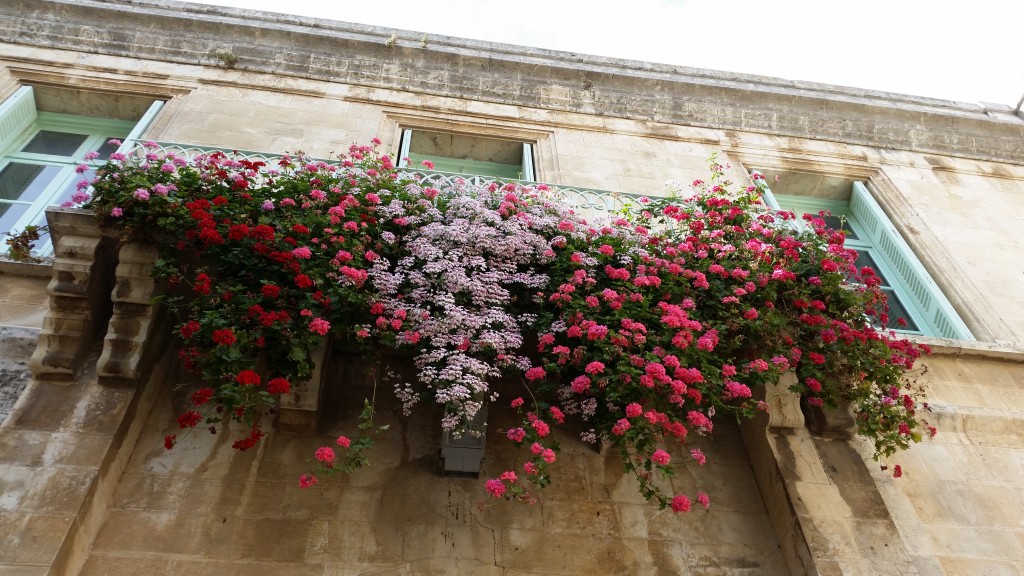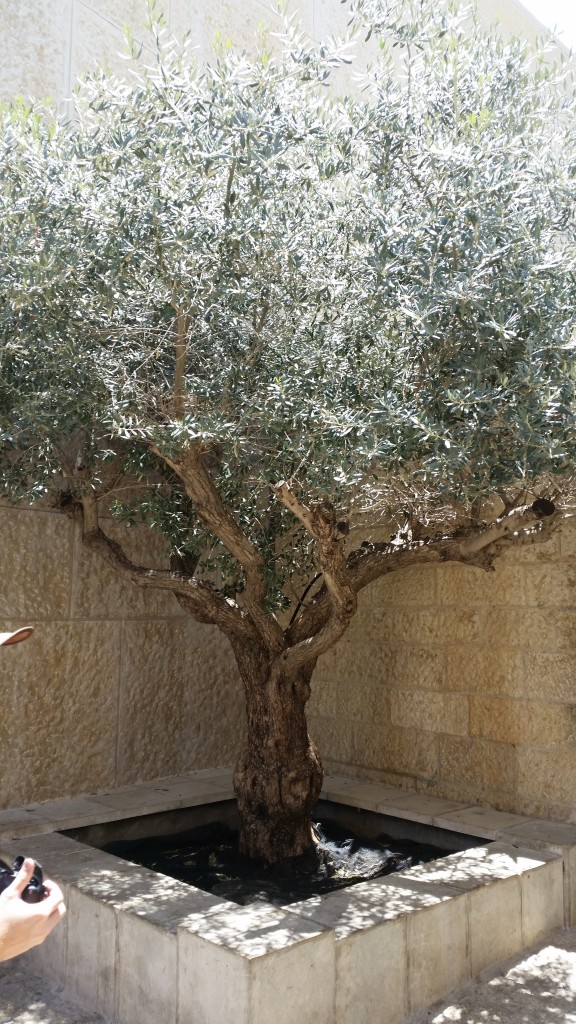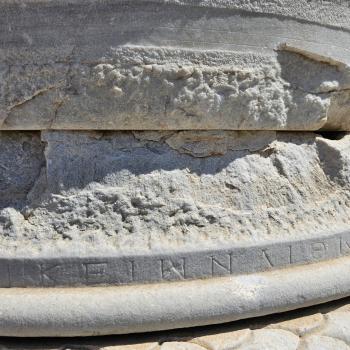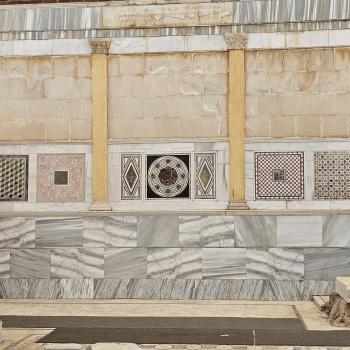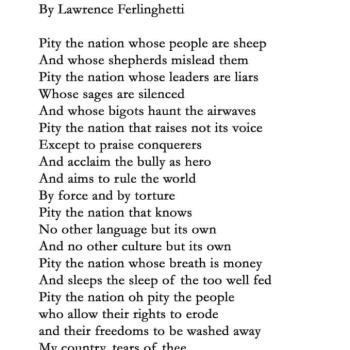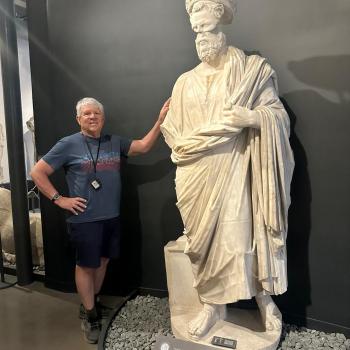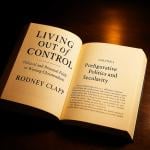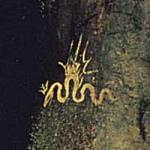The usual day walk through the old city of Jerusalem can be long, hot and tiring, so it’s important to take breaks along the way, and enjoy something to eat, and maybe an antiquities shop or two…
All I can say is that the original widow would be a might surprised at that advertisement. Here’s the entrance to one of the antiquities shops….it’s hard to get past the door.
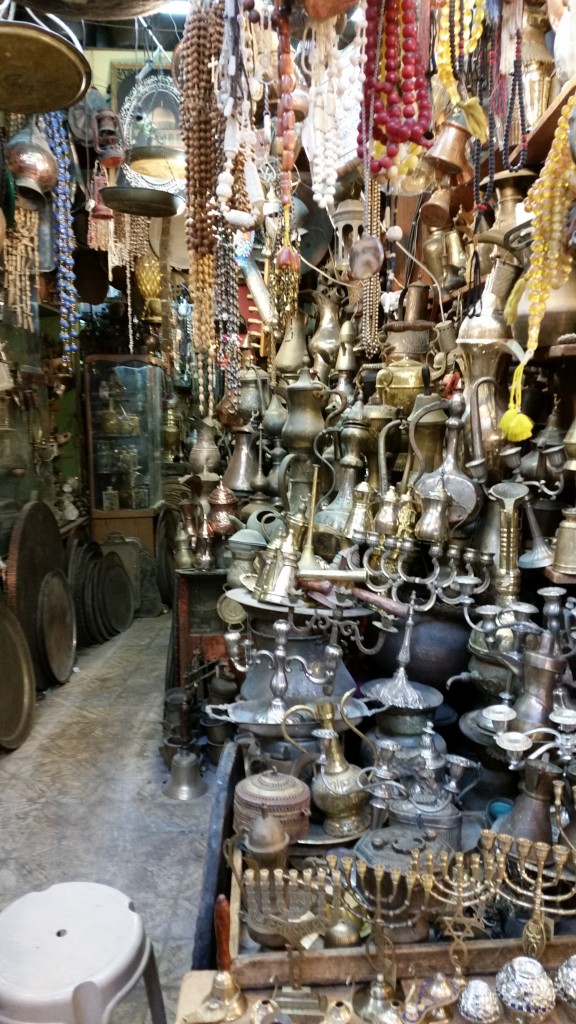
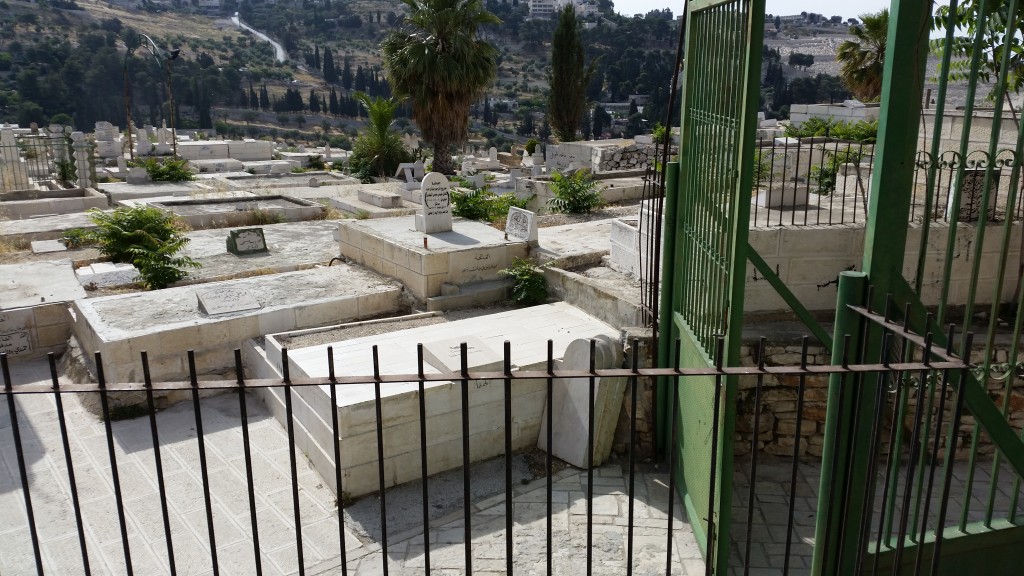
After passing some of the Muslim cemetery found on the northern and eastern walls of the city we began our tour entering the city through St. Stephen’s gate, also known as the Lion’s Gate on the north side of the old city. Here is a map from our helpful guide Dani Weiss, and if you follow the purple arrow in the top right of the picture you will see the route we took to the Church of the Holy Sepulchre, following the traditional route of the Via Dolorosa (the way of sorrows). This tradition is medieval at best, as the NT evidence suggests that Jesus’ march to Golgoltha began at the southern end of the city where Herod’s Palace was, and where Pilate would like have been (the Praetorium) unless he was at the Antonio Fortress. So the route is probably wrong, but the final end point of the trip correct— the Church of the Holy Sepulchre which is now within the old city walls was originally on a spot outside the oldest city walls, and there is archaeological evidence from beneath the church of executions by crucfixion below it. We must constantly keep in view that the city in Jesus’s day was at a much lower level in various places than it is today. Here is the map…
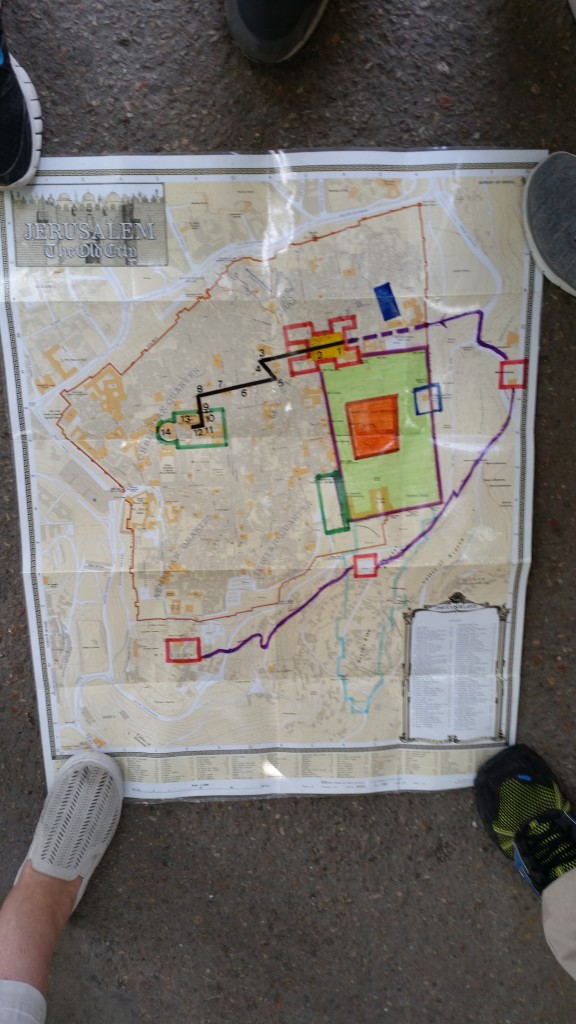
Our first stop inside St. Stephen’s gate was the church of St. Ann’s (having Crusader origins it is one of the oldest in Jerusalem) and the nearby pool of Bethesda where Jesus healed the paralytic.
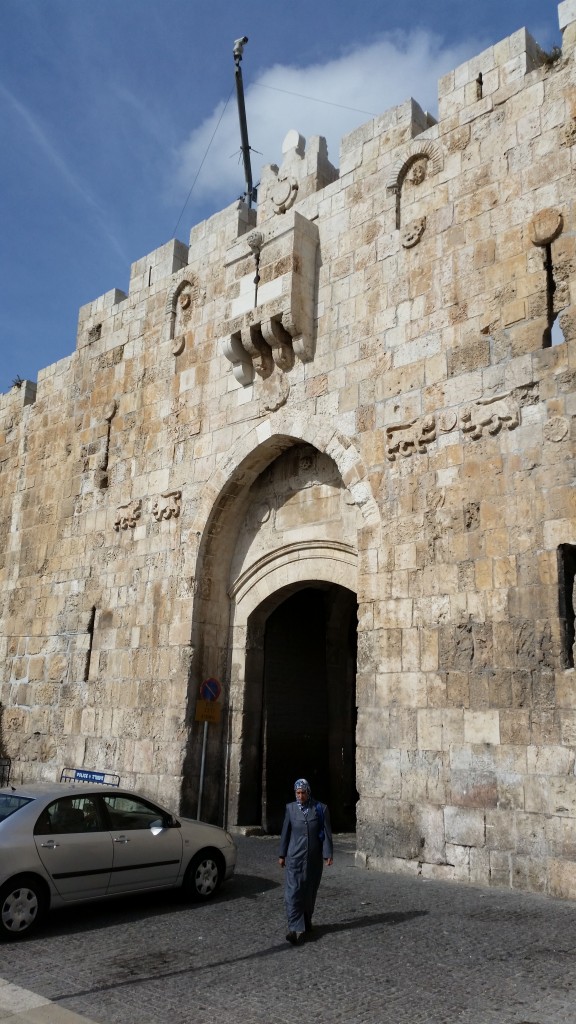
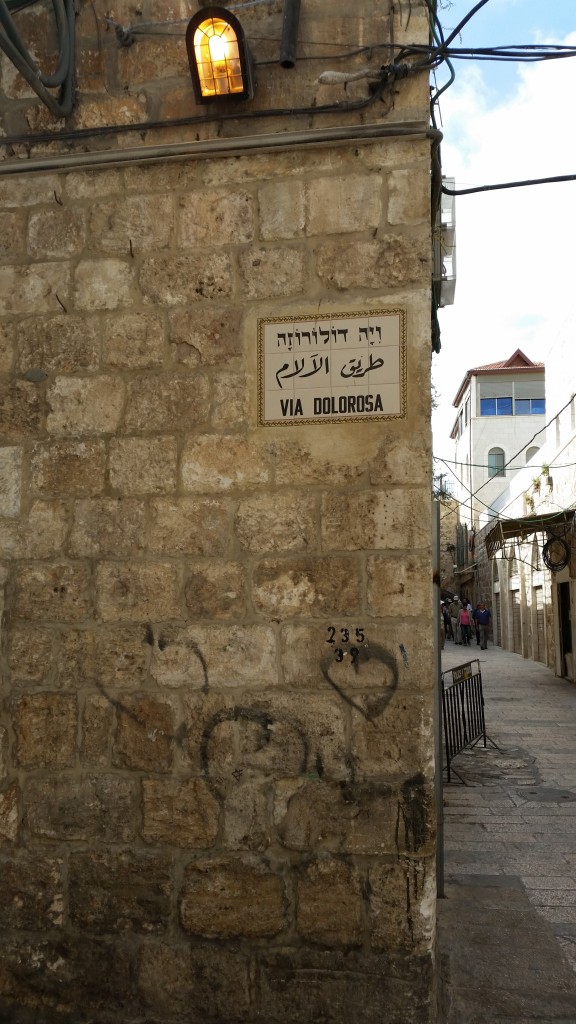
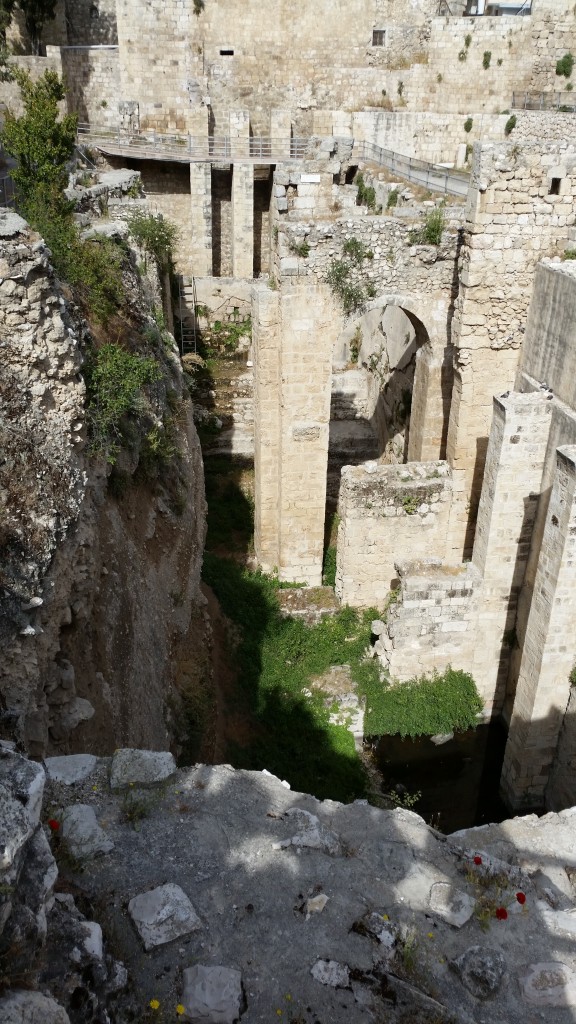
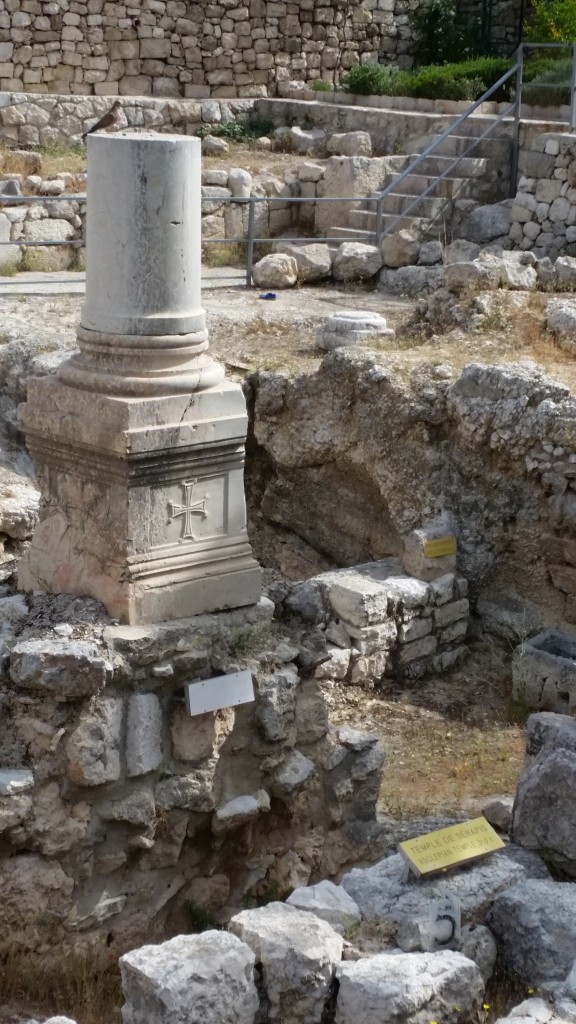
And here is the church commemorating the miracle recounted in John 5—
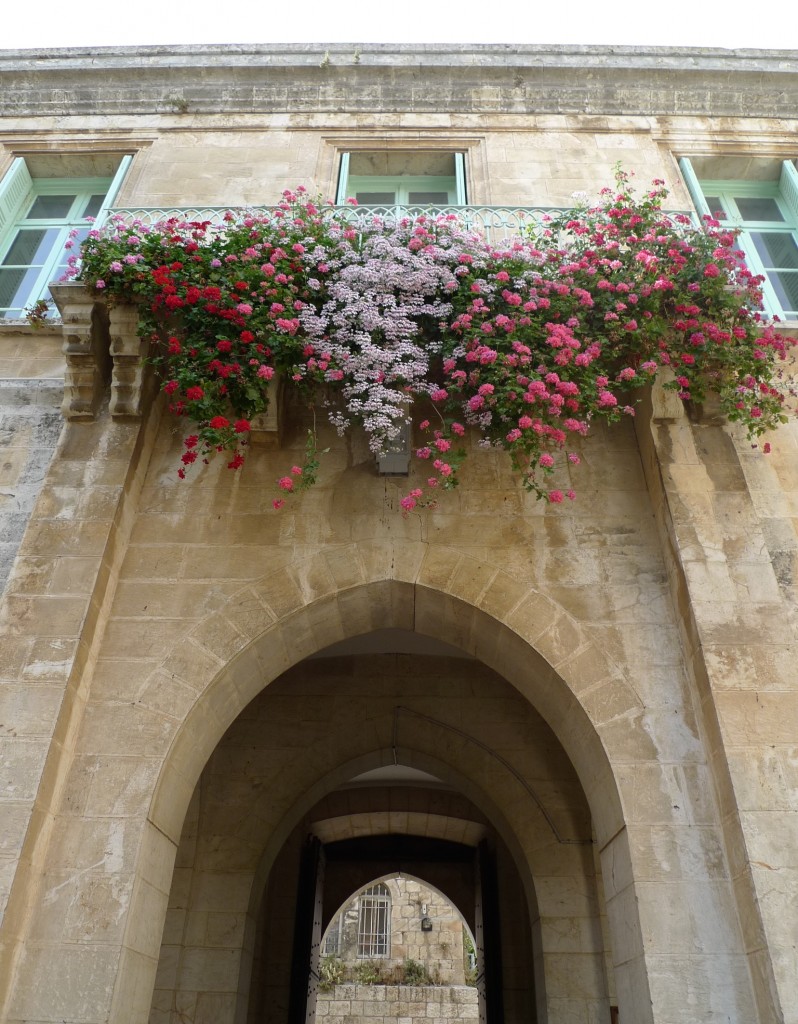
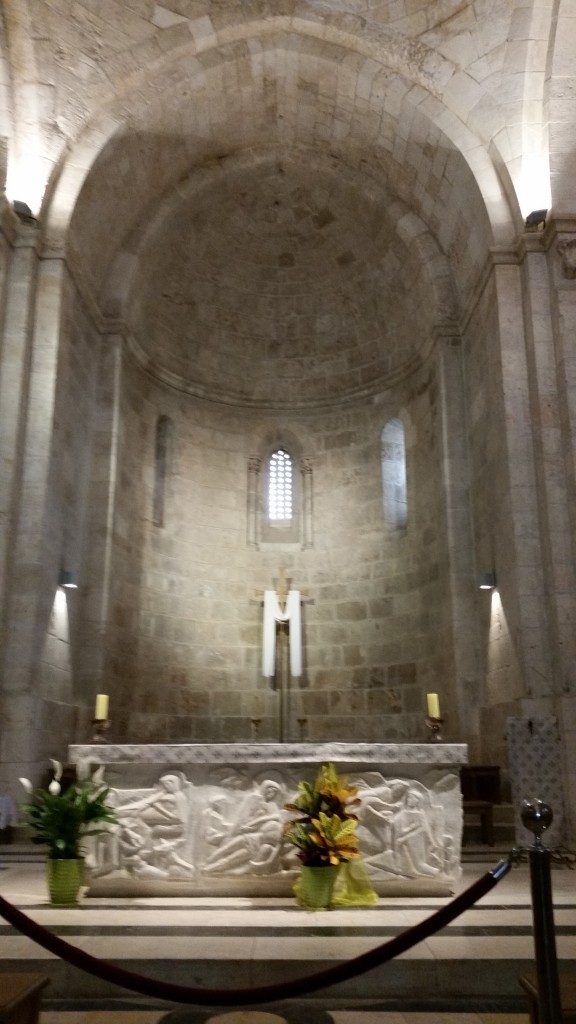
You constantly encounter people carrying huge crosses (in likely the wrong shape, the T shaped cross was favored by the Romans mostly), walking the Via Dolorosa.
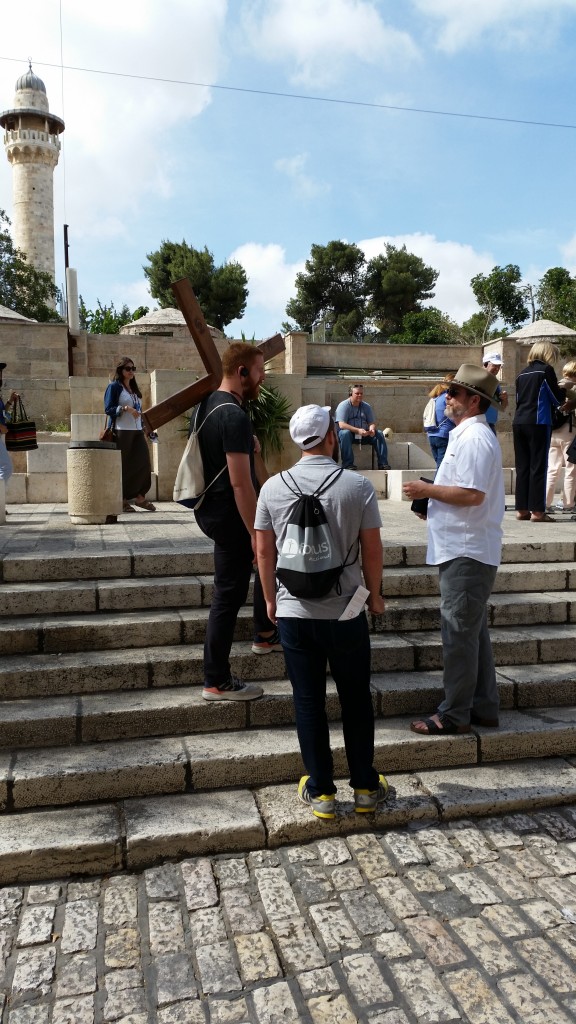
At least when one has turned onto the Cardo Maximus, the old second century Roman main street from the Damascus Gate, one has a sense that one is walking the old path towards the inner city…
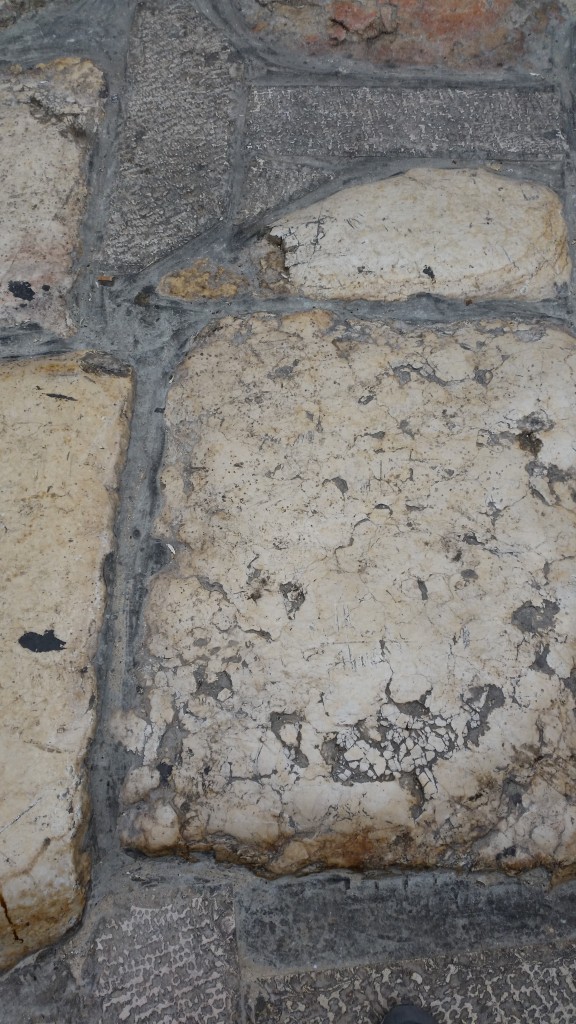
Much of the route appears more like the way of the shopping rather than the way of the cross, and there are temptations along that way—- nougat anyone?
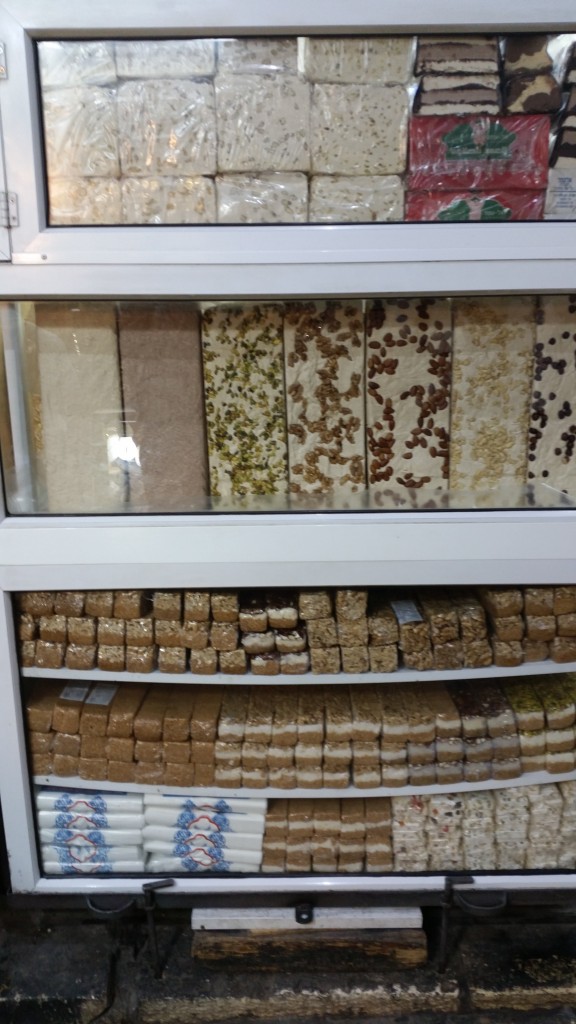
The streets are often crowded, but when one gets near to the Church of the Holy Sepulchre, if one goes in the back way through the Ethiopian Orthodox Church it is quieter… and you avoid huge crowds coming in the front door of the church…
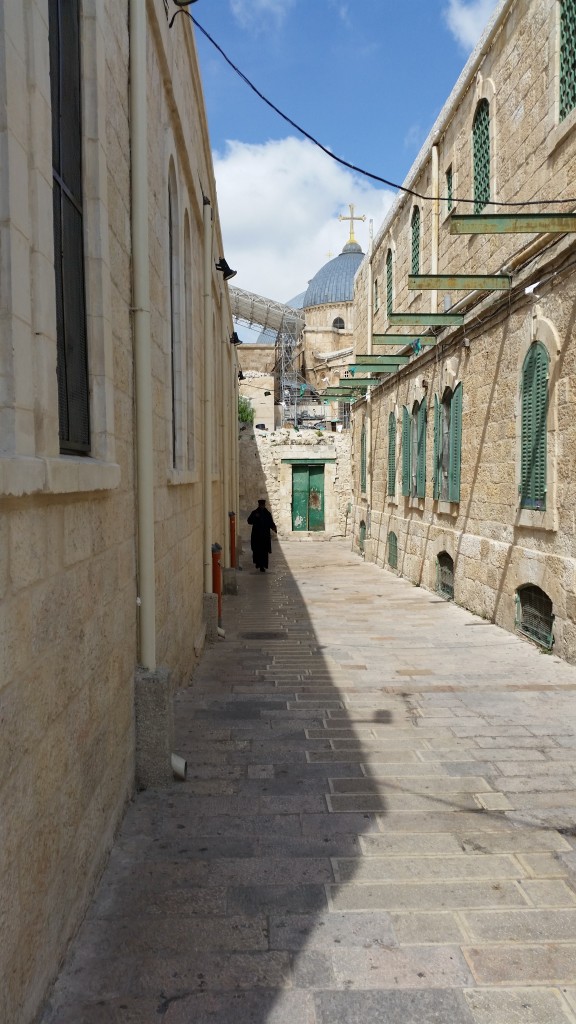
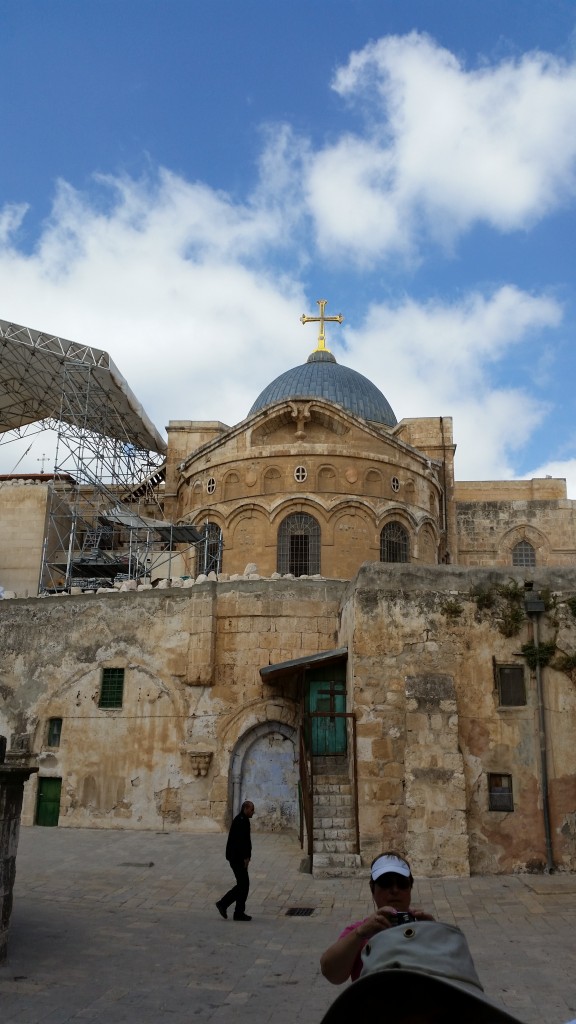
The Church itself is usually packed with pilgrims, and of course many different non-Protestant denominations compete for space in this building (so much so that a Muslim family has held the keys to the front door since the Middle Ages or so, since the Christians can’t agree who they belong to), the lines are long to get to specific spots where the crucifixion is thought to have taken place, or the tomb might be.
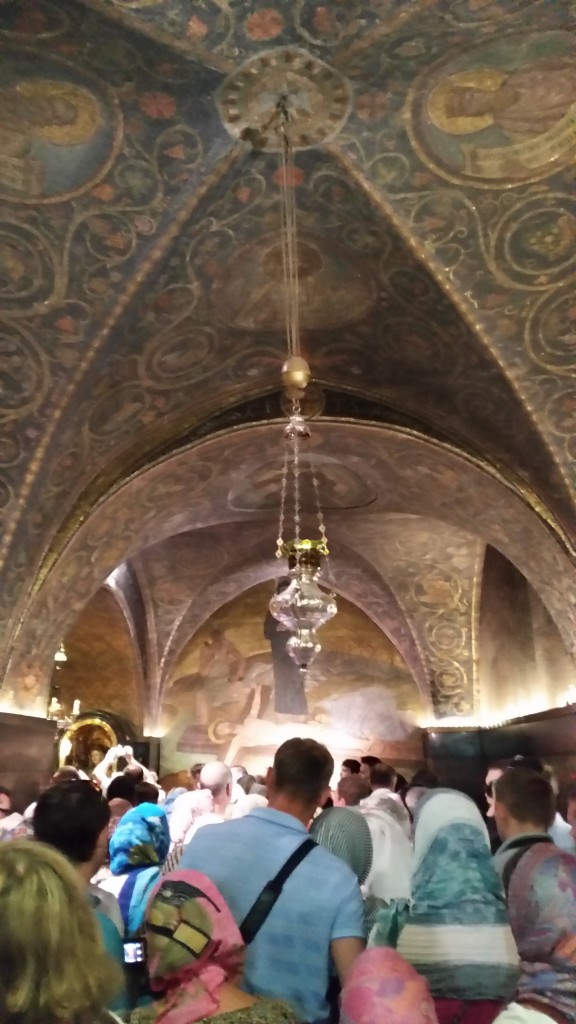
I’ve no desire to rain on anyone’s devotional parade or practices, but for me, I find it far easier to get a sense of being close to God at the Wailing Wall, than in the cacophony and pushing and shoving in the competing churches in the Church of the Holy Sepulchre, however authentic the spot may be.
After catching the overview of the Wall we went down to do our own praying, men on the left side wearing the skull caps, women on the right. The practice is not just to pray, including putting paper prayers in the western retaining wall that Herod built as the platform for the now long gone temple, but to celebrate the Torah, and so bar mitzvahs are celebrated here. Some Jews fly from all over the U.S. to come here to celebrate their son’s bar mitzvah.
It’s a really big deal, and its a joy to be there and see them celebrate and sing and dance.
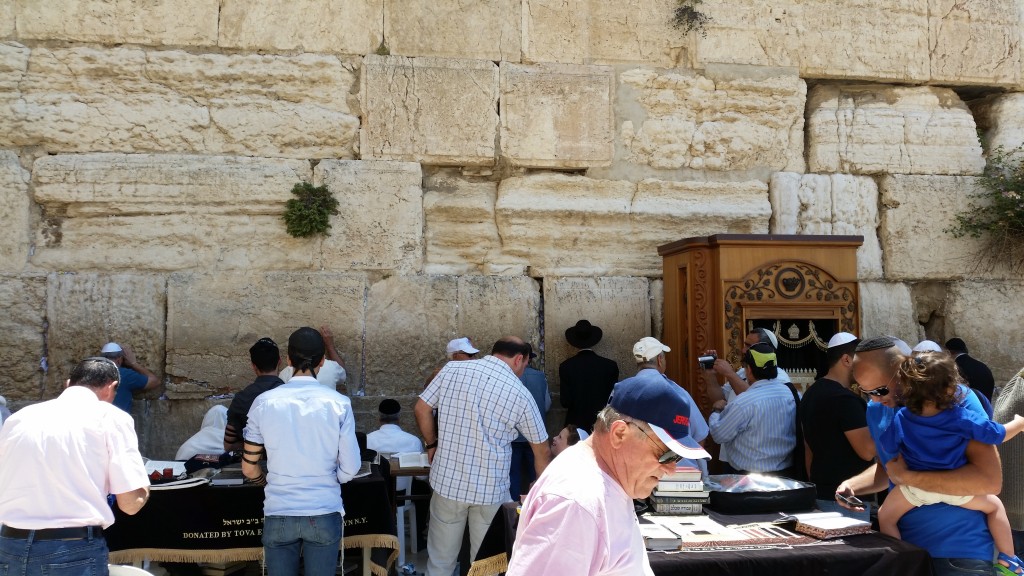
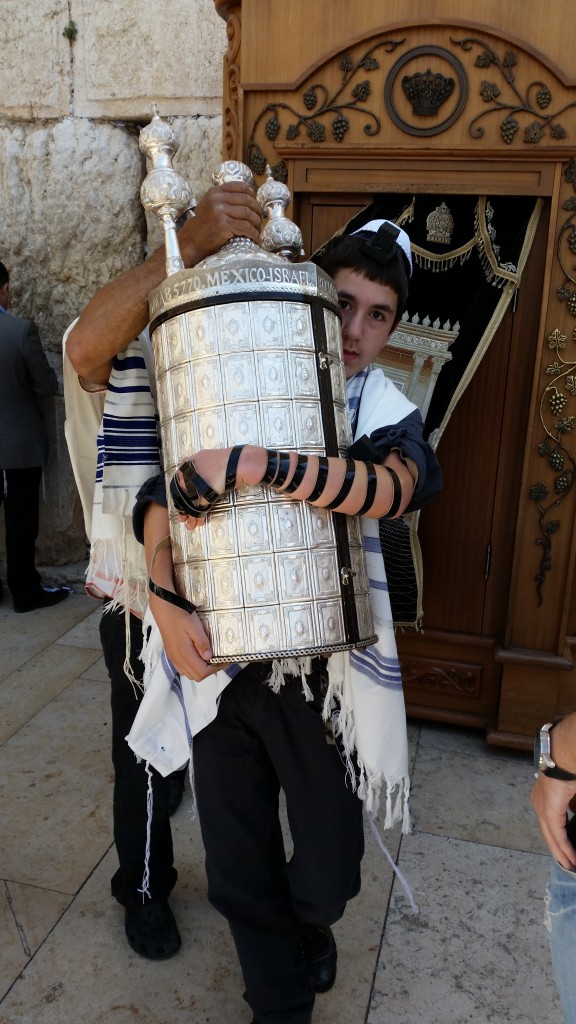
Here’s our Yuliya saying her prayers…
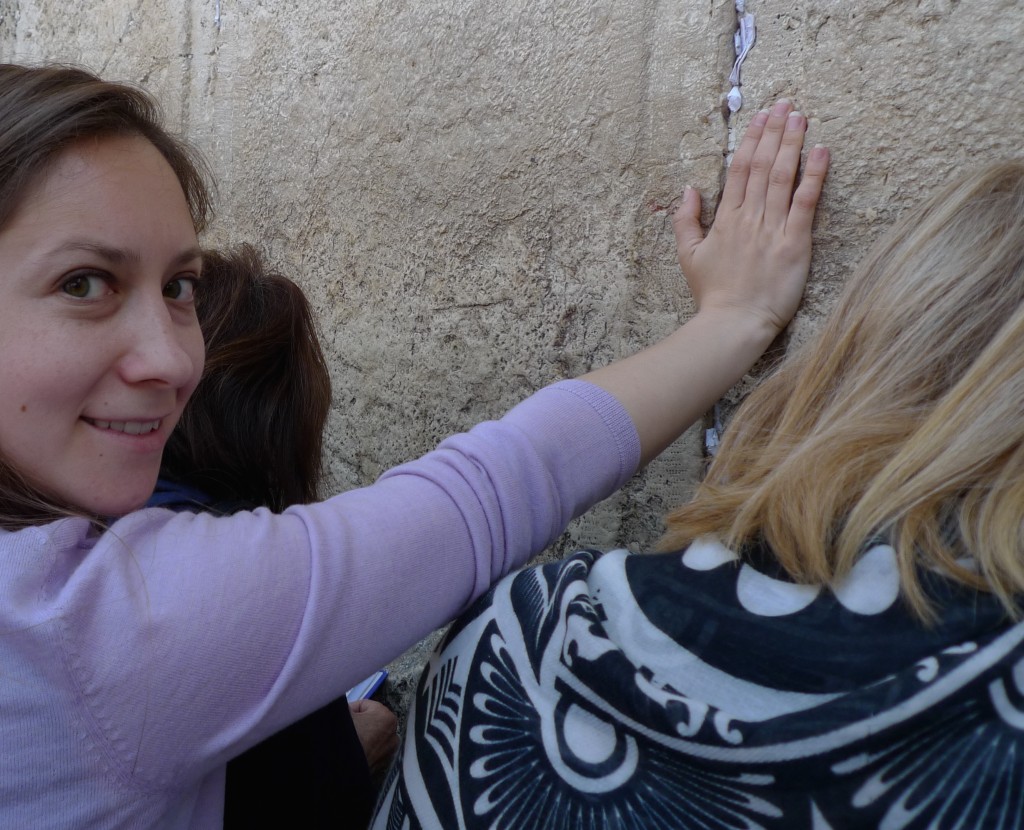
After this we climbed the steps up to the beautiful old Jewish quarter to have lunch, but not without one last look at the southern end of the Western Wall, which includes a view of both the Dome of the Rock and the Al Aqsa mosque.
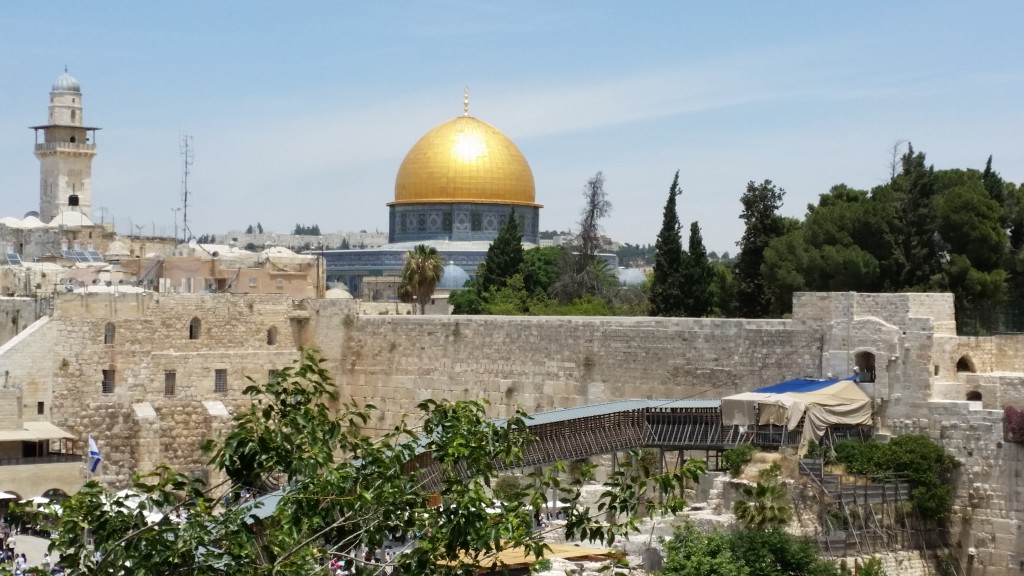
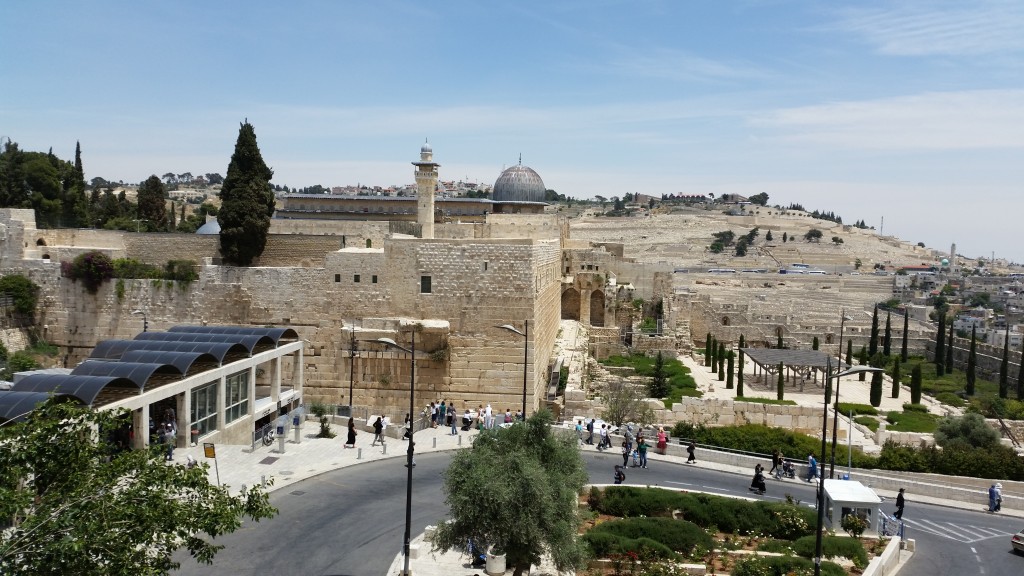
The Jewish quarter is the most beautiful, obviously reflecting the signs of having more resources, and it’s a grand place to have lunch. We saw a lot of beautiful things including two bar mitzvah parades with music and singing right through the food court to the stairs leading down to the Wall. What fun.
Next stop… heading south to the City of David and the Ophel, not to be confused with the old city of Jerusalem.


